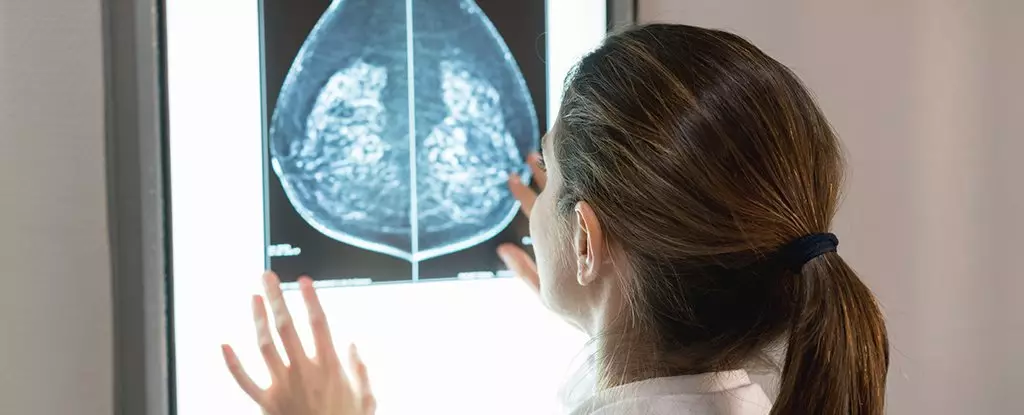Recent statistics illuminate a troubling surge in breast cancer diagnoses across the United States, predominantly driven by alarming increases among younger women and Asian American populations. The biennial report from the American Cancer Society highlights a steady climb in breast cancer cases, showing a 1% annual increase from 2012 to 2021. This data stands in stark contrast to the continuous decline in breast cancer mortality rates, which have decreased by 44% from 1989 to 2022. This juxtaposition prompts critical inquiry into the broader implications of these trends and their underlying causes.
Breast cancer remains the most frequently diagnosed cancer in women in the U.S., ranking second in overall cancer deaths, surpassed only by lung cancer. According to current estimates, approximately one in eight women will face an invasive breast cancer diagnosis in their lifetime, with two percent succumbing to the disease. However, the epidemiological dynamics reveal a particularly concerning reality: over the last decade, breast cancer incidents among women under 50 have escalated at 1.4% each year, compared to a mere 0.7% annual increase in older demographics. This discrepancy perplexes researchers, as the reasons behind the rising rates remain elusive.
The report emphasizes another critical dimension: the racial disparities in breast cancer incidence. Among the groups analyzed, Asian American women exhibited the most significant increase, followed closely by Hispanic women. The authors suggest that this trend could correlate with the influx of new immigrants, who may possess a higher risk profile for breast cancer. While it is crucial to acknowledge these trends, it is equally important to recognize the broader societal issues that contribute to the disparities observed.
Disparities in mortality rates further complicate the landscape. Native American women have seen no improvement in breast cancer mortality since 1990, while Black women face a staggering 38% higher mortality than their White counterparts, despite having 5% fewer diagnoses. These statistics paint a stark picture of systemic inequities embedded in the U.S. healthcare system. The report highlights that many Black women, despite higher mammogram screening rates, often receive screenings in lower-resource facilities that lack appropriate accreditation. This is a clarion call to address issues of social determinants of health and the systemic racism that contributes to these disparities.
In light of these findings, the authors of the report advocate for systemic changes that could mitigate these disparities and improve overall health outcomes. Increasing diversity in clinical trials is one of several recommendations aimed at ensuring that the development and validation of treatments consider a broader population. Furthermore, establishing community partnerships that prioritize access to high-quality screening services for underserved women is essential.
Strengthening access to care at all levels, especially for high-risk groups, is critical. For instance, bolstering resources for clinics serving low-income populations could help ensure that all women receive timely and effective breast cancer screenings. Streamlining the accreditation processes for these facilities will also enhance the quality of care provided and potentially improve outcomes.
In a related development, the U.S. Preventive Services Task Force (USPSTF) has revised its screening recommendations, now suggesting that women begin biennial mammograms at age 40. This change aims to enhance early detection rates, which have demonstrably improved survival odds. However, the challenge lies in translating these guidelines into actual practice, particularly among populations that experience barriers to accessing mammograms.
While the decline in mortality rates offers a glimmer of hope, the rising incidence rates, particularly among vulnerable groups, reinforce the need for a concerted effort to address the multifaceted challenges posed by breast cancer in America. The intersection of healthcare access, racial disparities, and societal determinants must be prioritized in future public health initiatives to combat this pressing health crisis effectively. The growing incidence of breast cancer among younger and racial minority women underscores an urgent need for innovation, awareness, and comprehensive community support in tackling this complex issue.

